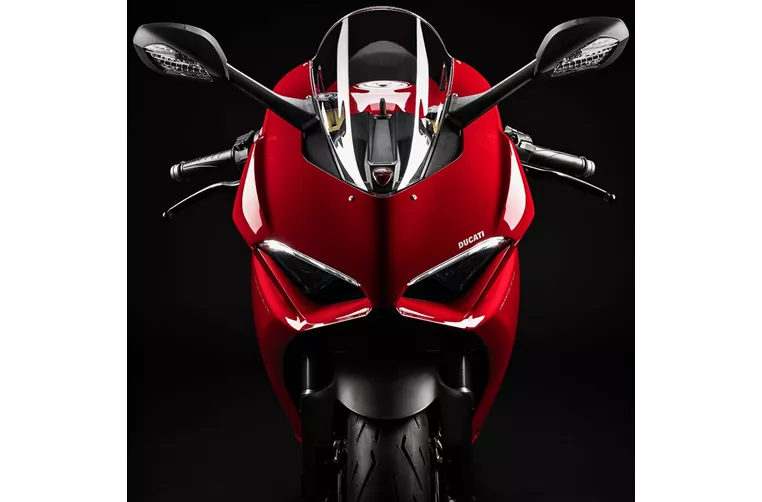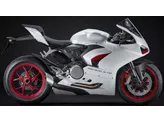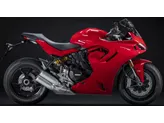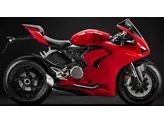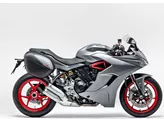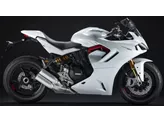Yamaha R1 2016 vs. Ducati Panigale V2 2020

Yamaha R1 2016
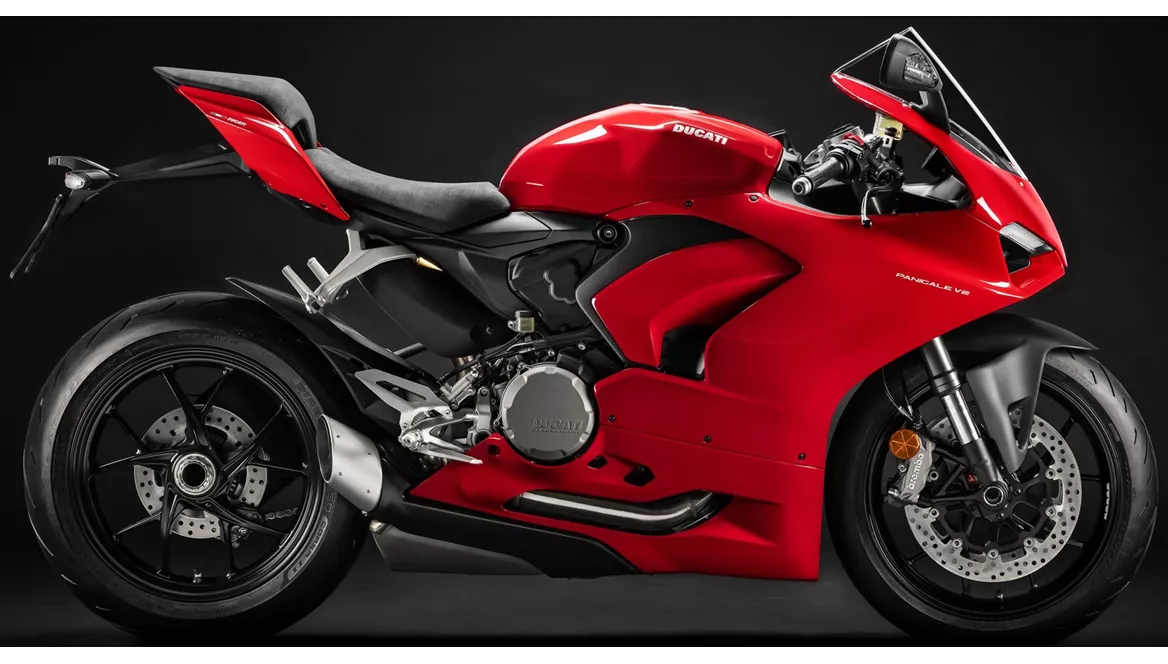
Ducati Panigale V2 2020
Overview - Yamaha R1 2016 vs Ducati Panigale V2 2020
In terms of technical specifications, the Yamaha R1 2016 and Ducati Panigale V2 2020 have some notable differences. The Yamaha R1 2016 is equipped with a 998cc engine that delivers 200 horsepower and 112.4 Nm of torque. It has a compression ratio of 13 and features a DOHC valve system with 4 valves per cylinder. The bike weighs 199 kg and has a fuel tank capacity of 17 liters.
On the other hand, the Ducati Panigale V2 2020 is powered by a 955cc engine that produces 155 horsepower and 104 Nm of torque. It has a compression ratio of 12.5 and also features a 4-valve per cylinder Desmodromic valve system. The bike weighs slightly more at 200 kg and has the same fuel tank capacity of 17 liters.

Yamaha R1 2016
Both bikes come with upside-down telescopic forks for the front suspension and double disk brakes for the front wheels. They also have the same front tire width of 120 mm and diameter of 17 inches. However, the Yamaha R1 2016 has a wider rear tire with a width of 190 mm compared to the Ducati Panigale V2 2020's 180 mm rear tire. Both bikes have a wheelbase of around 1400-1436 mm and a seat height of around 840-855 mm.
When it comes to strengths, the Yamaha R1 2016 is praised for its lively handling, high-revving engine, and excellent electronics package. It offers precise control and is known for its performance on the track. On the other hand, the Ducati Panigale V2 2020 stands out with its beautiful and noble design, making it a head-turner on the road. It also boasts an outstanding electronics package that enhances safety and fun during rides. The bike is considered an insider tip for supersport beginners and returners due to its engine power, chassis, and ergonomics.
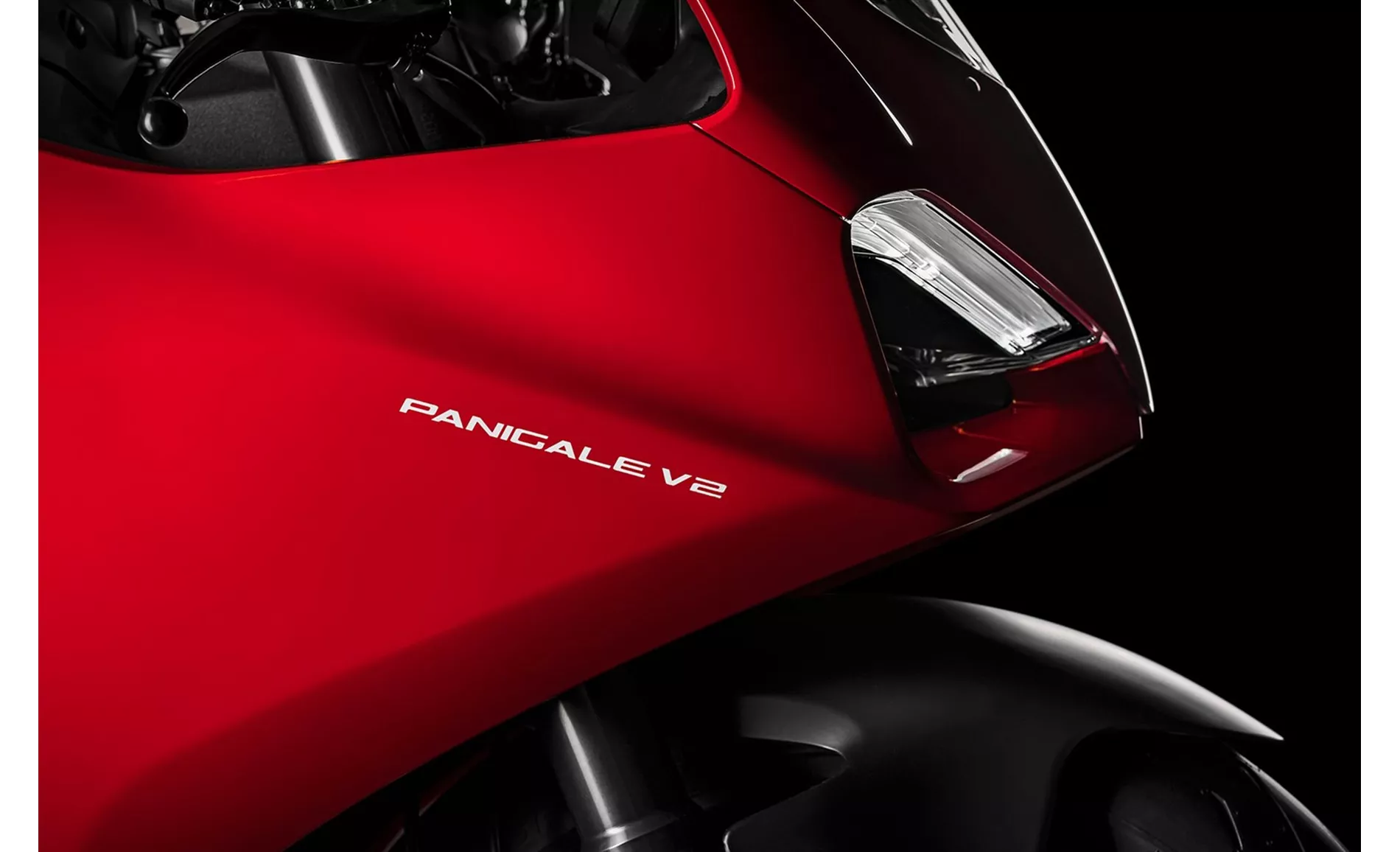
Ducati Panigale V2 2020
However, the Yamaha R1 2016 has a weakness in that its shift assistant is only available for upshifting, limiting its convenience for riders. On the other hand, the Ducati Panigale V2 2020 is criticized for not having as many horsepower as some other engines in its class. However, it is noted that there are currently no comparable alternatives to its V2 engine.
In conclusion, while the Yamaha R1 2016 and Ducati Panigale V2 2020 have their own strengths and weaknesses, they both offer impressive performance and features for supersport enthusiasts. The Yamaha R1 2016 excels in handling and engine control, while the Ducati Panigale V2 2020 stands out with its design and electronics package. Ultimately, the choice between the two will depend on individual preferences and priorities.
Technical Specifications Yamaha R1 2016 compared to Ducati Panigale V2 2020
Pros and Cons in comparison
Pros and Cons in comparison
Yamaha R1 2016

Yamaha's high-tech rocket is still a technological leader in 2016. Radical, polarising and fascinating, it sets powerful lap times. It is closer to the race bikes than the other 1000s. In the meantime, no one grumbles about the front. Without the "M", it is the best choice for those who don't need Öhlins anyway, or the best choice for those who are planning a racetrack conversion anyway and like to install "normal" Öhlins hardware without electric stuff.
Ducati Panigale V2 2020
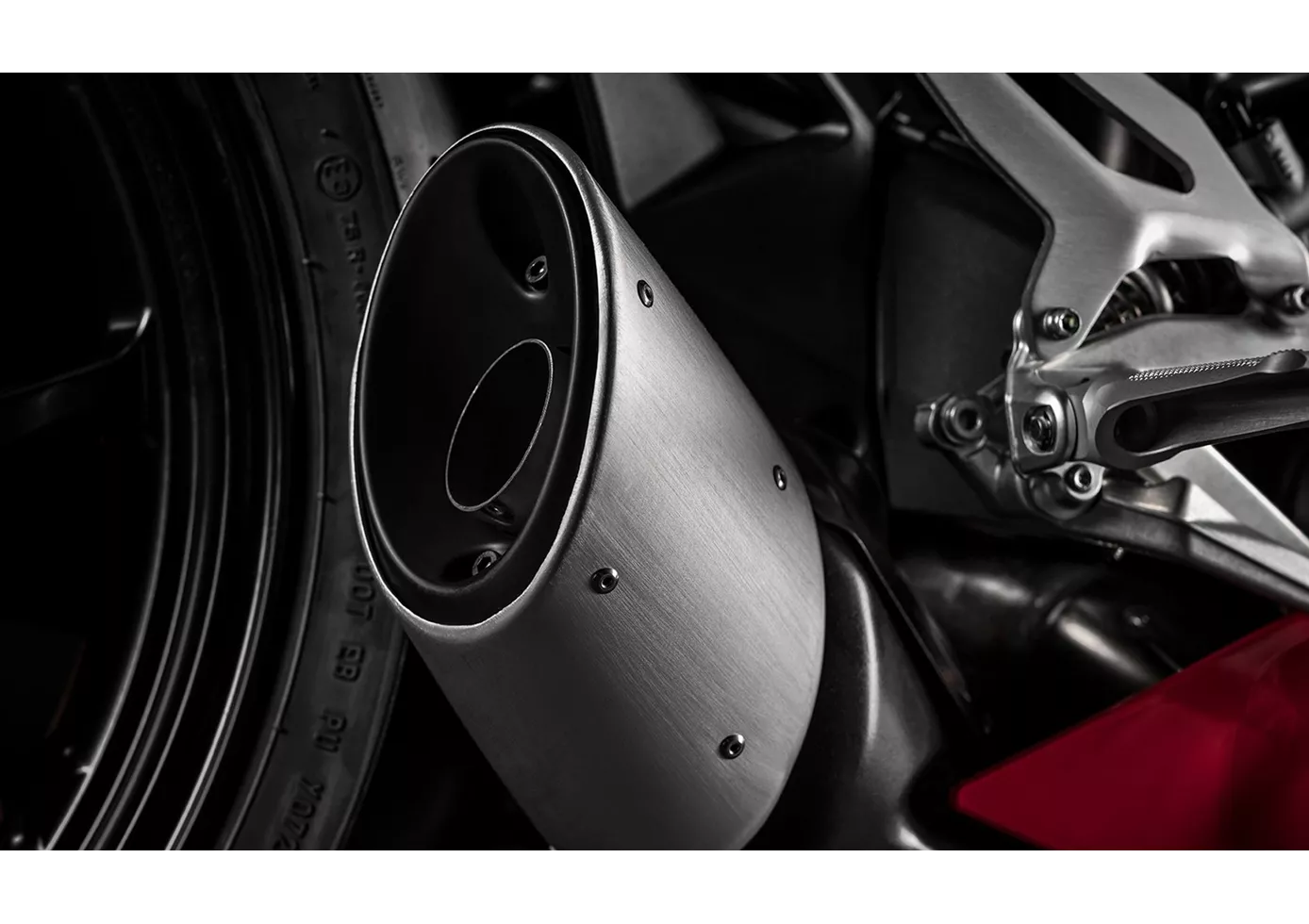
For us, the Panigale V2 is the ultimate road super sports bike. Sophisticated electronic assistance systems that leave nothing to be desired, Ducati's fun 955 cm³ two-cylinder Superquadro engine that generates more than enough power for the road with 155 hp, a great seating position and a high degree of controllability. All of this characterises the Panigale V2 and for this reason it is probably "the" country road supersports bike for us at the moment, but it also cuts a good figure on the racetrack. The Panigale V2 should appeal above all to pilots for whom 200 hp rockets are a bit too much, and to all those who have also been enchanted by this work of art on two wheels.
Price Comparison Avarage Market Price Yamaha R1 vs Ducati Panigale V2
There are a few key differences between a Yamaha R1 2016 and a Ducati Panigale V2 2020. In terms of price, the actual average price of a Ducati Panigale V2 2020 is about 7% higher. Compared to Ducati Panigale V2 2020 there are more Yamaha R1 2016 bikes available on the 1000PS.de Marketplace, specifically 6 compared to 5. It takes less time to sell a Yamaha R1 with 73 days compared to 84 days for a Ducati Panigale V2. Since model year 2005 1000PS.de editors have written 80 reviews for the Yamaha R1 and 9 reviews for the Ducati Panigale V2 since model year 2020. The first review for the Yamaha R1 was published on 28/04/2003 and now has more than 3,900 views. This compares to more than 70,000 views for the first review on Ducati Panigale V2 published on 23/10/2019.

